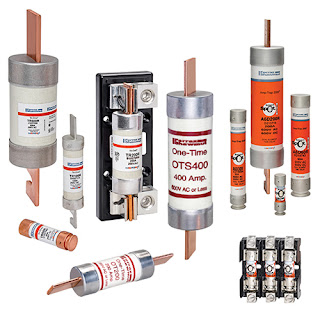PEEK Polymer Suits Use in Aircraft Applications
Victrex PEEK polymer is designed to reduce the weight and increase the lifespan of aerospace components in extreme chemical envrionments, including jet fuels and hydraulic fluids. Mandatory requirements for aerospace polymers are weight reduction to lower fuel costs, excellent mechanical strength and dimensional stability, and the ability to meet industry standards and specifications regarding flame, smoke, and toxicity emissions.
According to Victrex, its PEEK polymer is increasingly being specified as it meets these and other rigid requirements, especially in metal replacement opportunities across multiple aircraft platforms. Besides excellent high temperature and flammability performance, Victrex PEEK polymer also has the ability to maintain its properties while withstanding extreme chemical environments, such as jet fuels and hydraulic fluids.
Victrex claims its PEEK polymer has high resistance to a wide range of acids, bases and hydrocarbons, allowing for longer-lasting components. Tests have demonstrated that soaking Victrex PEEK compounds in 70C (158F) Skydrol hydraulic fluid for 1,000 hours led to less than 10 per cent change in nominal properties. These tests are backed by more than 20 years of proven performance in both commercial and military aircraft, where Victrex PEEK polymer is specified in hydraulic and fuel system components.
Amphenol Pcd conducted testing to prove that its glass-filled Victrex PEEK polymer injection-molded P-clamps are not adversely affected after being submerged in aviation Jet A fuel for twelve months at room temperature.
Jocelyn Belanger, senior design engineer at Amphenol, said: 'The results showed that there were no visual signs of softening, swelling, or loss of adhesion to the overmolded fluorosilicone cushion in any of the submerged samples removed from the jet fuel. 'Each sample exposed to the jet fuel passed both cushion adhesion and cushion retention testing,' she added.
The ultimate strength of each P-clamp sample after jet fuel submersion was greater than the design ultimate load of 556N (125lbf), with the average ultimate load being 28 per cent higher than the design load. The ability of Victrex PEEK polymer to retain its properties after exposure to jet fuel confirmed that the polymer has the strength and chemical resistance to perform in the fuel tank environment where the P-clamps are used to hold wire harnesses and fuel and hydraulic hoses.
According to Victrex, its PEEK polymer is increasingly being specified as it meets these and other rigid requirements, especially in metal replacement opportunities across multiple aircraft platforms. Besides excellent high temperature and flammability performance, Victrex PEEK polymer also has the ability to maintain its properties while withstanding extreme chemical environments, such as jet fuels and hydraulic fluids.
Victrex claims its PEEK polymer has high resistance to a wide range of acids, bases and hydrocarbons, allowing for longer-lasting components. Tests have demonstrated that soaking Victrex PEEK compounds in 70C (158F) Skydrol hydraulic fluid for 1,000 hours led to less than 10 per cent change in nominal properties. These tests are backed by more than 20 years of proven performance in both commercial and military aircraft, where Victrex PEEK polymer is specified in hydraulic and fuel system components.
Amphenol Pcd conducted testing to prove that its glass-filled Victrex PEEK polymer injection-molded P-clamps are not adversely affected after being submerged in aviation Jet A fuel for twelve months at room temperature.
Jocelyn Belanger, senior design engineer at Amphenol, said: 'The results showed that there were no visual signs of softening, swelling, or loss of adhesion to the overmolded fluorosilicone cushion in any of the submerged samples removed from the jet fuel. 'Each sample exposed to the jet fuel passed both cushion adhesion and cushion retention testing,' she added.
The ultimate strength of each P-clamp sample after jet fuel submersion was greater than the design ultimate load of 556N (125lbf), with the average ultimate load being 28 per cent higher than the design load. The ability of Victrex PEEK polymer to retain its properties after exposure to jet fuel confirmed that the polymer has the strength and chemical resistance to perform in the fuel tank environment where the P-clamps are used to hold wire harnesses and fuel and hydraulic hoses.


Comments